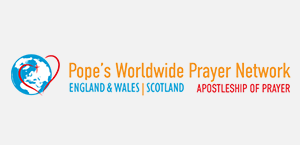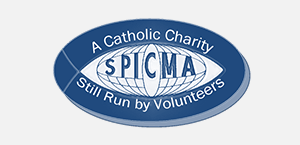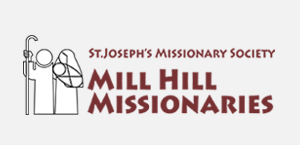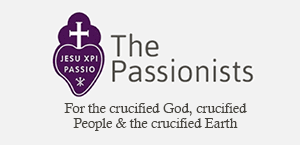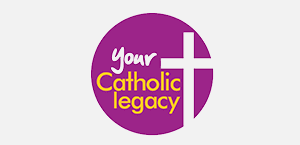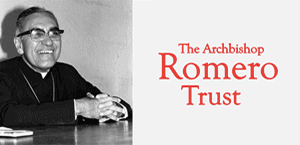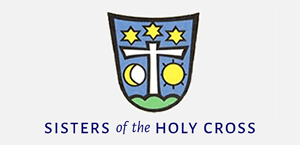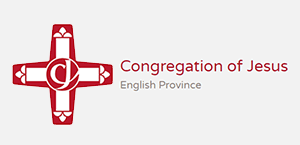Gospel in Art: The court official whose son was at the point of death
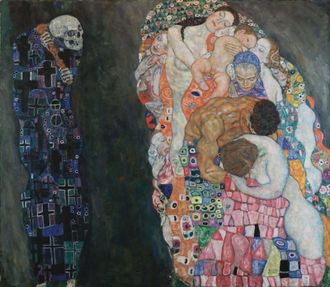
Death and Life, by Gustav Klimt, Painted in 1910, Oil on Canvas © Leopold Museum, Vienna
Source: Christian Art
Gospel of 31 March 2025
John 4:43-54
At that time: Jesus departed Samaria for Galilee. (For Jesus himself had testified that a prophet has no honour in his own hometown.) So when he came to Galilee, the Galileans welcomed him, having seen all that he had done in Jerusalem at the feast. For they too had gone to the feast.
So he came again to Cana in Galilee, where he had made the water wine. And at Capernaum there was an official whose son was ill. When this man heard that Jesus had come from Judea to Galilee, he went to him and asked him to come down and heal his son, for he was at the point of death. So Jesus said to him, 'Unless you see signs and wonders you will not believe.' The official said to him, 'Sir, come down before my child dies.' Jesus said to him, 'Go; your son will live.'
The man believed the word that Jesus spoke to him and went on his way. As he was going down, his servants met him and told him that his son was recovering. So he asked them the hour when he began to get better, and they said to him, 'Yesterday at the seventh hour the fever left him.' The father knew that was the hour when Jesus had said to him, 'Your son will live.' And he himself believed, and all his household. This was now the second sign that Jesus did when he had come from Judea to Galilee.
Reflection on the painting
One of the great joys of reading the Gospels is encountering the many different people who approach Jesus. Each come with their own needs, worries, and requests. Today, we hear of a royal court official whose son was on the brink of death. He may have served in the court of Herod Antipas, the ruler of Galilee at the time, and under normal circumstances, someone in his position would not have sought out Jesus. Yet, in his desperation, he set aside status and convention, showing us that, regardless of our place in society, we all come before Jesus in our need.
What compelled this man to approach Jesus was the imminent loss of his son. When faced with the prospect of losing a loved one, we inevitably find ourselves asking life's deepest questions. The nearness of death has a way of drawing us into God's presence in a profound and urgent manner. In such moments, we realise that we are neither self-sufficient nor in control of our lives. The court official, in pleading for Jesus' help, recognised him as the source of life in the very face of death.
Our painting by Gustav Klimt, titled Death and Life, captures a similar tension. On the left, Death, painted in dark, muted tones of greys, blacks, and deep blues, gazes towards the living, who are depicted in a vivid, colourful composition. The right side of the painting, representing life, includes all generations-an infant, a grandmother, a mother, a father-clothed in bright, vibrant hues, seemingly oblivious to the presence of Death. Klimt's painting, which won first prize at the 1911 International Art Exhibition in Rome, offers a modern interpretation of the dance of death, portraying the fragility of human existence. It reminds us, much like today's Gospel, that even as life flourishes, death is never far away. And yet, it is precisely in the face of death that we are called to turn towards the source of true life.
LINKS
Gospel in Art: https://christian.art/
Today's Reflection: https://christian.art/daily-gospel-reading/john-4-43-54-2025/ (with audio)









